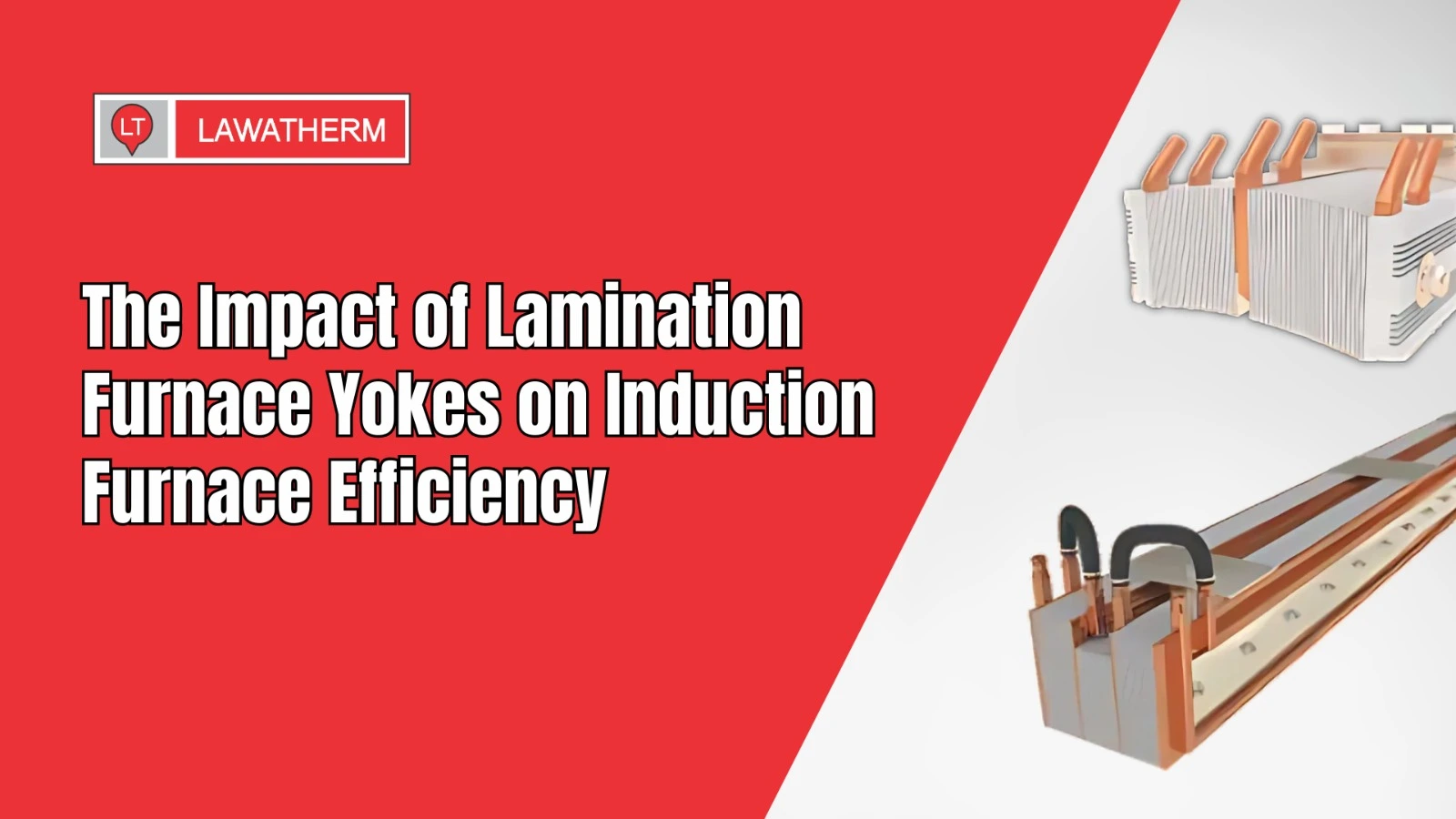Induction furnaces are now a standard in steel melting. They’re fast, controlled, and use energy more precisely than older methods. But one part inside them doesn’t always get the attention it deserves—the Lamination Furnace Yoke.
If you’re running a steel plant, you’ve probably focused on coils, power supplies, or lining materials. All important. Still, without a reliable Induction Furnace Yoke, a lot can go wrong. This one part helps shape the magnetic field inside the furnace. That magnetic field does the real work—melting metal. So if the field is unstable or leaking energy, the whole process becomes less reliable.
Let’s break down what these yokes do, how they affect your furnace, and why companies like Lawatherm focus so much on getting them right.
What a Lamination Furnace Yoke Actually Does
It’s not just a structural piece. The Induction Furnace Yoke is made of layered steel—laminations—to reduce stray magnetic fields. Those stray fields? They cause energy loss. And not small amounts either. Over time, this waste adds up.
A good yoke keeps the magnetic path stable and focused. That means better heat control, more even melting, and less strain on the rest of the furnace.
In short, the yoke helps make sure the energy you’re spending actually goes into melting steel—not leaking into nearby parts or creating hot spots.
Four Practical Ways the Yoke Affects Your Furnace
1. Lower Energy Waste
The design of a laminated yoke helps cut down on eddy currents. These are small, swirling electrical loops that happen when magnetic fields go where they shouldn’t. You might not see them, but they burn energy and create heat in all the wrong places. The right yoke keeps these currents in check.
2. More Even Melting
A furnace has to heat metal evenly. If some areas get too hot too fast, you’ll deal with early wear on the lining—or worse, inconsistent output. Yokes keep the magnetic field steady, which keeps heating balanced.
3. Fewer Breakdowns
When the furnace overheats due to poor magnetic control, components wear out faster. Replacing them means downtime. A well-built Induction Furnace Yoke reduces those heat spikes, which means fewer shutdowns for repairs.
4. Longer Furnace Life
When things run smoother and stay cooler, the entire system lasts longer. Not just the yoke—your coils, cables, linings, all of it. The yoke protects the furnace from invisible stress that builds up over time.
Why Use Lawatherm’s Yokes?
Every furnace has its own quirks. Sizes, power levels, coil designs—there’s no universal setup. That’s where Lawatherm comes in. Instead of offering a one-size-fits-all part, they provide custom-built Lamination Furnace Yokes that suit your exact furnace type.
Here’s what you get with them:
- Good steel. Not all laminations are equal. Lawatherm uses steel that holds its magnetic properties, even under stress. That keeps your furnace field stable over time.
- Fit-for-purpose designs. Whether you’re running a mid-size furnace or a high-capacity one, they offer shapes and sizes that match.
- Long use with low hassle. The build quality reduces the chance of failure. Less downtime, fewer replacements.
- Guidance when you need it. The team doesn’t just ship parts. They talk to plant managers, figure out what’s wrong, and help pick the right fix. That support matters when you’re troubleshooting under pressure.
Small Change, Big Difference
You could run the furnace without focusing on the yoke. Many do. But if you’re looking to lower costs, use less energy, or push for better output—this part becomes harder to ignore.
A better yoke won’t fix every problem, but it solves a quiet one that’s always in the background. And in steel production, anything that helps you use power more effectively is worth a second look.
Lawatherm focuses on that second look. Their components aren’t flashy, but they’re built to solve real problems—the kind that creep in slowly but cost you in the long run.




